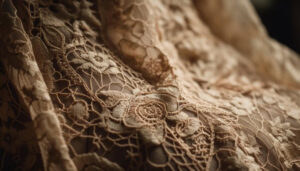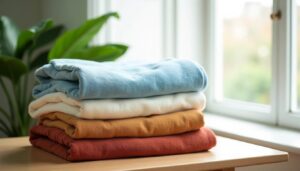Cleaning Tips

The Dos and Don’ts of Altering Expensive Designer Dresses
To wear something expensive is enough for anyone to brag about. But what happens when that stunning gown no longer fits quite the way it used to? Maybe your body’s

How to Protect the Fine Details of Your Lace Dress When Cleaning
That intricate lace dress hanging in your closet is made from threads so fine they can snag on a rough fingernail. Every loop and open-work flower is held together by

Why Professional Cleaning Is a Must for Wedding Dresses—Even If They Look Clean
A wedding dress is a once-in-a-lifetime piece that holds sentimental and often substantial financial value. So when it comes to preserving this special dress, a gentle fold and a well-intentioned

Six Reasons to Sign Up for a Laundry Plan Today
Subscription plans have completely changed the way we handle everyday tasks. By offering a service or product on a recurring schedule, subscription plans deliver a reliable, no-hassle experience that cuts

The Ultimate Advantages of Choosing Bespoke Suits
When you think of bespoke suits, you probably picture a sharp, perfectly tailored look that exudes confidence and sophistication. And you’d be right. Unlike off-the-rack or even made-to-measure options, bespoke

The Secret to Preserving the Life of Luxury Bedding and Linens
Luxury bedding items are those made from high-end fabrics such as Egyptian cotton, Supima cotton, silk, linen, bamboo, or cashmere. These materials are carefully sourced for their softness, breathability, and

